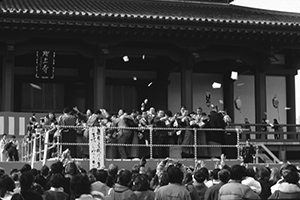 Most people find it hard to believe considering gloves, scarves and woolly hats are still compulsory attire when venturing outside but February 3 actually marks the last day of winter in Japan.
Most people find it hard to believe considering gloves, scarves and woolly hats are still compulsory attire when venturing outside but February 3 actually marks the last day of winter in Japan.
The occasion is celebrated with a nationwide festival known as Setsubun, which is traditionally held to mark New Yearユs Eve under the old Chinese lunar calendar.
A significant part of the celebrations involves activities aimed at driving out evil, sickness and misfortune that arise during the preceding year, and praying for good luck, health and fortune to prevail in the year ahead, primarily though a ritual known as mame-maki (bean-throwing).
Fathers up and down the country usually wear an oni (devil) mask throughout the day to symbolize bad luck, and the rest of the family throw soybeans at him whenever he approaches shouting Oni wa soto! Fuku wa uchi! (Out with the demons! In with good luck!) in order to drive out the evil he represents.
Cardboard devil masks and packets of roasted soybeans can be purchased at virtually any convenience store or supermarket in Japan. If you live by yourself, it is customary to eat the same number of beans as your age, plus one for the coming year, to ensure health, good luck and prosperity. This is said to be particularly important if you are a man aged 25 or 42, or a woman aged 19 or 33, as these are unlucky ages and youユll need all the help you can get!
However if you feel a little foolish throwing beans at yourself, perhaps you would be better served by joining one of the public ceremonies performed at a local shrine, known as Setsubun-e, during which celebrities throw handfuls of メluckyモ fuku-mame beans and メluckyモ” fuku-mochi rice cakes into the crowd. Anyone fortunate enough to catch a package will be blessed for the entire year.
The packets of beans are usually thrown into the crowd by a respected member of society such as a priest or actor, although sumo wrestlers are also popular, probably because their size alone is sufficient to scare away even the most determined devil. In addition to being famous, the bean-scatterer should ideally be a man born in the year of the snake dressed in a formal menユs kimono.
Most people agree that the origin of throwing beans at Setsubun can be traced back to a tale of an elderly widow who was once visited by an ogre in disguise. The ogre possessed a magic mallet and with it he fashioned a beautiful kimono. Temptation got the best of the widow, and she plotted to steal it from the ogre by getting him drunk. Not satisfied with just the kimono, she thought she would get the magic mallet as well.
Surprised by the greed of the widow, the ogre revealed his true self. Scared, the widow became hysterical and starting throwing the first thing handy ミ a bunch of beans. The ogre fled the scene in pain, leaving the widow without her greedy desires but nonetheless wiser and healthier.
Recommended destinations to celebrate Setsubun in Tokyo on February 3 include Zojo-ji and Senso-ji in Asakusa, but one of the most popular Setsubun festivals takes place at Tomioka Hachimangu (in Monzen-nakacho on the Tozai Line). Here, a handful of sumo wrestlers hurl fortuitous beans and mochi at the crowds. The location is typically crowded, so be sure to get there early. Tickets go on sale at 2pmノ
More traditional ceremonies involving demons with flaming torches and spectacular pitched battles between demons and Buddhist deities are held at Naraユs Kofukuji and Horyuji temples, as well as at various shrines and temples around Kyoto.
In rural areas, look out for a rather gruesome custom, which is to eat grilled sardines and stick the heads on sticks outside your front door in order to frighten away any demons that might try to enter.
Story by Ian Washington
From J SELECT Magazine, February 2008

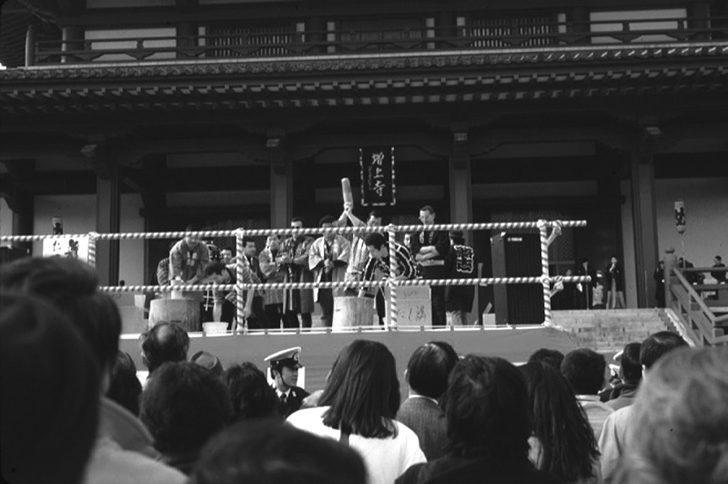



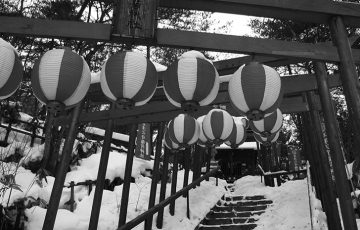
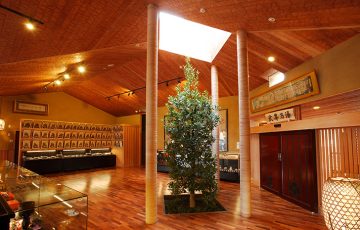


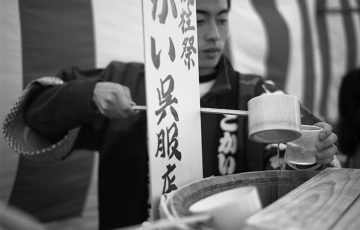
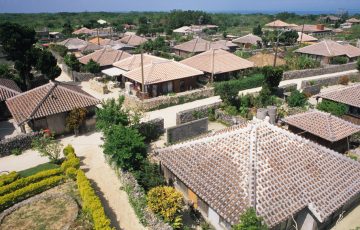




Recent Comments